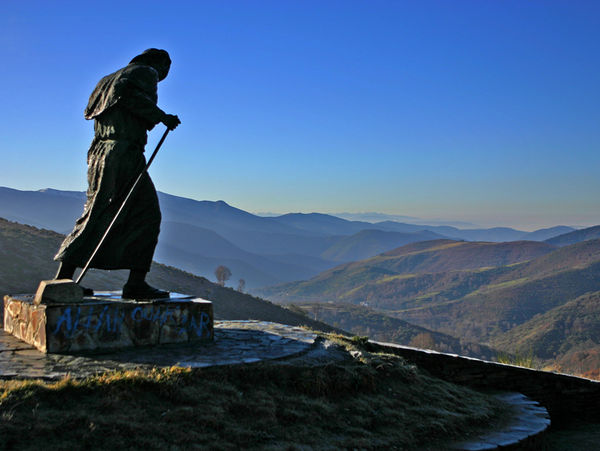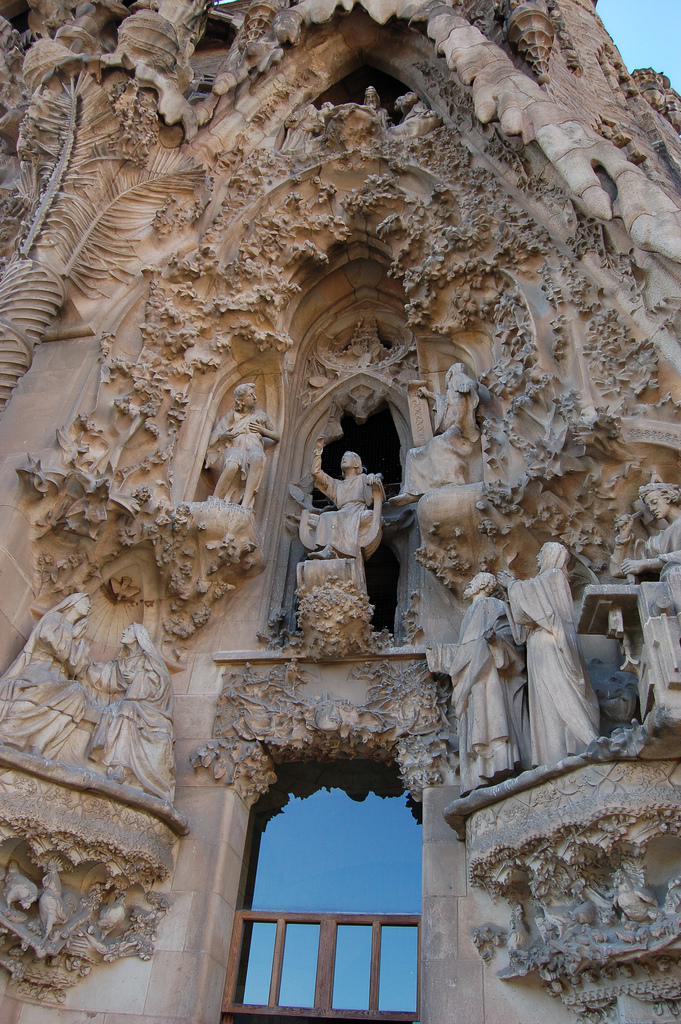If you’re looking for the ultimate European trekking holiday, you don’t need to go any further than Spain. The Camino de Santiago – or the Way of Saint James – is an ancient pilgrimage route that combines interesting history with beautiful landscapes.

- SANTIAGO PEREGRINOtitoalfredo
Following the Camino, as it’s often referred to, is about more than just walking through picturesque Spanish countryside, thanks to the route’s deeply spiritual connections. Here are just a few highlights.
Burgos
Burgos will be your first stop on the pilgrimage trail if you choose to walk the Camino de Santiago with Explore – who offer tours starting from £1,052 without flights. The city was the capital of the unified kingdom of Castilla-Leon for 500 years and, as a result, is home to some historical buildings. The 13th century Gothic cathedral is undoubtedly the most impressive, with its ornate spires towering above the skyline. Make sure you step inside, though, as the interior features some stunning art. A great example is the star-covered dome that stands over the tombs of El Cid and Dona Jimena. Another site to visit as you wander around Burgos’s historic quarter is the Royal Monastery of Huelgas Reales, where you’ll find the Chapel of Saint James the Apostle.
From the city, you will drive to Hornillos to enjoy your first taste of the Camino on foot, walking past farmland and small settlements and finishing your hike in Hontanas, from where you will transfer to Leon.
Leon
Leon, like Burgos, has long had ties to the pilgrimage route and is steeped in history. Take a city tour before you continue on your journey west and you’ll visit some of its most important landmarks, including the Cathedral and Basilica of San Isidro. The place of worship is an awe-inspiring sight, due to the 1,800 sq m of stained glass windows that adorn the cathedral. No trip to the Basilica is complete without venturing into the underground crypt of the Royal Pantheon, where beautiful frescoes from the 12th century decorate the walls and biblical statues are dotted around.
O’Cebreiro
One of the best things about walking along the Camino de Santiago is that you get to discover small villages you would otherwise miss when staying in one of the area’s larger cities and O’Cebreiro is a classic example. Its roundhouses with straw roofs are one of its most striking features, but it is the pre-Romanesque church and the Holy Grail it contains that makes it such an important stop on the pilgrimage route.
Portomarin
You will reach Portomarin after walking past the famous 100 km landmark, which showed pilgrims they were getting closer to the ultimate goal of reaching Santiago de Compostela. Portomarin has an interesting history, as the original medieval village was flooded to create a reservoir. However, the residents removed its most important buildings stone-by-stone and reconstructed them in the new village. The Romanesque church of San Pedro, which dates from the 10th century, and the monumental church fortress of San Nicolas can still be admired today thanks to their efforts.
Santiago de Compostela
Even though you will only have completed a small section of the pilgrimage route, you’ll be able to appreciate how euphoric travellers must have felt when they reached their final destination – Santiago de Compostela. Of course, it is the amazing 12th century cathedral that is the centre of attention. The reason it is considered such a holy site is because St James is believed to be buried in the crypt beneath the altar. Numerous extensions to the cathedral exhibit various architectural styles, including Gothic, Baroque, Romanesque, Neoclassical and Plateresque.
[box type=”tick”]There are many other notable buildings worth visiting in the city though, such as the Palacio de Gelmirez, the San Martin Pinario Monastery and the Mazarelos Arch – the only remaining medieval wall entrance.[/box]


